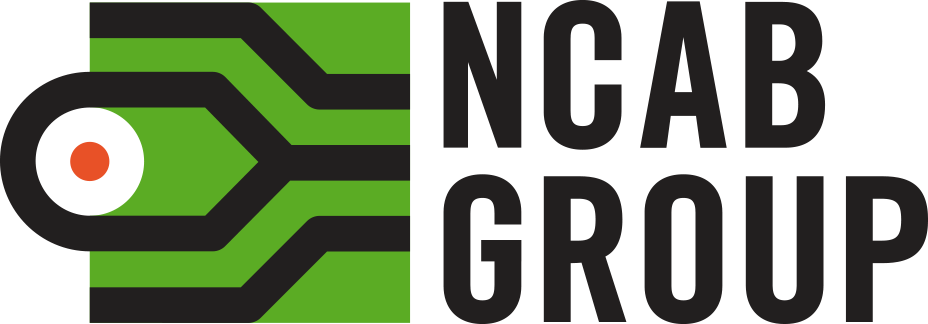LEVEL UP with: Steve Davis
Director of People & Culture (Group Function USA)
8. How change works

Transcript
Think of an example when you wanted to make a change. How did people react? Let me tell you how my family reacted when I wanted to rearrange the furniture in our house.
1. Oh no! Why? I like it as it is, why should we change? Maybe we’ll scratch the floor!
2. Where will I watch TV? Do I have to help carrying things?
3. How should we do it then? Do you have a plan?
4. If we move the piano, we’ll have room for another armchair!
This is a typical change reaction with four phases. It starts negative and ends positive. This curve symbolizes how it’s uphill at first, and then turns to go almost by itself. So let’s look at the phases:
First the Why? Why should we change, what’s the purpose? At the start it’s easier to see the risks than the possibilities.
Immediately after the Why? it’s What about me? Will I, personally, be better off after the change, or worse? Before we have an answer to these two questions, it is hard to participate in a change with any enthusiasm.
Then it’s How? Now we are more interested, maybe even willing to help.
The fourth phase is If…then! where we start noticing opportunities with the change, so now we get the energy to engage fully in it.
Our brains don’t like change. It’s much easier for the brain to stick to a routine than to do something new. And since the brain is built to focus on risk, new ideas tend to look bad at first. Of course, some changes are bad, but right now we focus on changes that are just different, or maybe even good. Interestingly, everyone goes through these phases in the same sequence, even if some go quicker than others – it can take two seconds or six months. Going through the curve is a skill that can be learned.
So Why? are we talking about this with you? In NCAB, with our high ambitions, there will be a lot of change, so it is useful to know the psychology behind it. What about you? Well, if you are negative about a change suggested by others, it’s a good idea to examine your reasons; are you in a phase or is it really a bad idea? And when you suggest a change, maybe after some successful exploring, it’s good to know that others may be negative at first.
So, How? should you handle change when you want others to participate? In the first three phases, dialogue is much more effective than one-way-communication. If people feel that they have some influence, they will trust the process and not worry so much. When people get to the If…then! -phase, they are energetic – maybe even creative. Change is more fun in this phase.
Therefore, a common mistake when driving change, is to try to get everyone to If…then! right away. That doesn’t work, unfortunately – you can’t rush past those first steps, that will just slow things down. People will keep sliding back to the Why? and you will feel that you start over again and again. But if you invite them to participate in the planning of the change, they may start discovering possibilities and reach the productive If…then! -phase sooner.
Change is an important skill in NCAB, and there will be many opportunities to practice. Have fun with it!
Prochaska, Norcross, Diclemente (1994): Changing for Good – Overcoming Bad Habits and Moving Positively Forward
